Thomas Harris first introduced the world to Dr. Hannibal Lecter in his 1981 novel, Red Dragon. Described as a reserved gentleman with exquisite tastes, Hannibal is best known as something of a cannibal. Who is Hannibal Lecter? And is Hannibal Lecter real? No. But he has a lot of real-life inspirations.
Appearing in a series of books by Thomas Harris that were adapted for film and television, the character’s seductive flair and intellect would attract a wild following, metamorphosing like the death’s head moth into one of the highest grossing horror franchises. Lecter himself would be considered one of the greatest villains of American cinema and television.
Let’s dive deep into the character and the inspirations behind him (and the other villains of the franchise).
Hannibal Lecter: They Don’t Have A Name For What He Is
The enigmatic and sophisticated monster doesn’t see much solitude in his confinement. Repeatedly called upon by investigators that seek his psychological expertise to apprehend other serial killers at large. Though cool and dry on the exterior, Lecter is ultimately unknowable.
Through purposeful statements that are almost lyrical and his ever-penetrating questions, he indirectly influences others to give themselves away. This manipulative narration constructed by Harris is what truly makes Lecter terrifying. And the inspiration for this character has been plucked straight from true crime files. These are real-life monsters guilty of brutal sins that Harris encountered throughout his extensive career that have contributed to a fascination of horror and true crime.
In the early 1960’s Thomas Harris started out as a crime reporter for a local newspaper. As a young journalist, Harris traveled to Monterrey, Mexico, to write about an American murderer named Dykes Askew Simmons.
Simmons was a simple man with a harelip and had spent most of his life in a mental institution. Before their meeting, Harris was briefed in the prison medical office. Learning that Simmons had attempted to escape just a year prior. Shot down in the din, he had nearly died had it not been for the skillful prison physician, Dr. Salazar. Harris met the doctor and described him as a “small, lithe man with dark red hair” and that he had “stood very still with a certain elegance about him.”
Salazar was an adept conversationalist and asked Harris many unnerving questions regarding Simmons’ crimes. But it wasn’t until he left the medical office that he learned Salazar’s real name was Alfredo Ballí Treviño and he was a prisoner at Topo Chico prison. Turning sharply to Harris on the steps, the warden warned the journalist that as a surgeon, Treviño could package his victims into a surprisingly small box.
Alfredo Ballí Treviño

Born into a wealthy family, Alfredo Ballí Treviño excelled in his medical studies as a physician. In 1959 during an argument over finances, he killed his lover, Jesús Castillo Rangel. Butchered with precision and packaged into a cardboard box, Treviño transported the remains to a vacant lot in an area known as Rancho La Noria.
Discovered a few days later, he was arrested and made a full confession that almost boasted his skills. Notably proud of his meticulous disposal of Rangel. He was also a suspect in the killing and dismemberment of hitchhikers, though never proven. Treviño was sentenced to death before being commuted to 20 years at the Topo Chico Penitentiary in Nuevo León. While in prison, Treviño displayed a sartorial elegance with his light-colored suits, dark shades, and gold Rolex watch. He also maintained an informal medical practice by tending to prisoners and poor townspeople.
It is no doubt that the style, demeanor, and intense conversations with Salazar inspired Harris to conjure the most recognizable aspects of the beloved cannibal doctor. Treviño is often first on the list when discussing examples of a “real” Hannibal Lector. Though many other shades of serial killer and their unconventional quirks are woven into the rich tapestry that makes up Hannibal Lecter.
Issei Sagawa aka The Kobe Cannibal
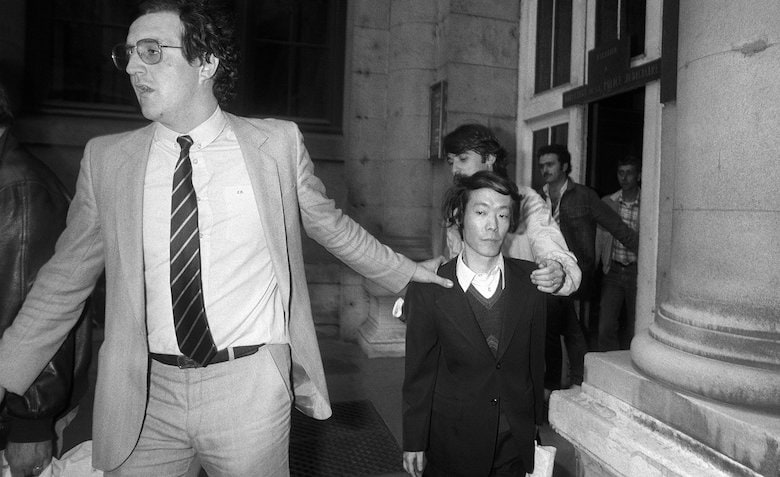
Issei Sagawa admitted to having cannibalistic urges as early as first grade.
Moving to France to pursue a Ph.D. in literature, he took a fancy to classmate, Renée Hartevelt. Inviting her for dinner at his apartment, Sagawa shot and killed the student. He then spent an intimate 3 days with the remains before being caught by French authorities.
Sagawa was deported back to Japan where psychiatric doctors found him sane. Checking out in 1986 he remained free and became somewhat of a macabre celebrity. He was first approached by the media to write an article regarding an apprehended serial killer. Sagawa started giving interviews and has written over 20 books.
He’s also painted a series of landscapes and penned restaurant reviews for the Japanese magazine Spa. The polite demeanor and artistic endeavors of the Kobe Cannibal bear strong parallels to the softer side of Dr. Lecter’s intellect.
Albert Fish
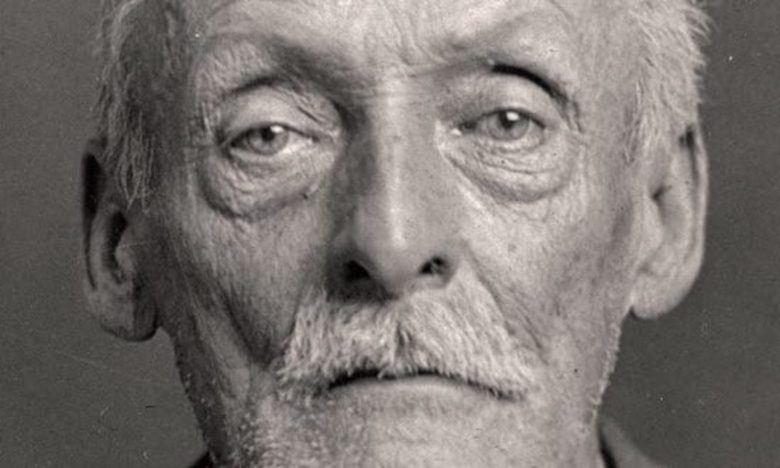
Author of Evil Serial Killers, Charlotte Greig, once commented that perhaps Hannibal Lecter was inspired in part by Albert Fish.
A cannibal serial killer with a taste for children and habit of writing obscene letters to women, Fish had written at least two known letters to the families of his victims. Expressing intricate details of preparing the remains to be consumed. The morbid foodie noted a dark joy in his despicable acts, at times reading almost like a cookbook.
Dr. Lecter himself was a gourmet cooking enthusiast, complete with subscriptions to Bon Appetit magazine.
Andrei Chikatilo
While developing the Lecter character, Thomas Harris borrowed from the childhood of Andrei Chikatilo. A Soviet serial killer, born during an era gripped by famine. Due to Stalin’s forced collectivization of agriculture, his upbringing was blighted with poverty and war. Chikatilo had been repeatedly told by his mother that prior to his birth, his older brother had been kidnapped and eaten by starving neighbors. A bedtime story that would haunt Chikatilo the rest of his life. This was reflected in Harris’ book Hannibal. Lecter was traumatized as a child by witnessing his sister’s murder. Then cannibalized by a group of deserting Lithuanian Hilfswillige.
Robert Maudsley
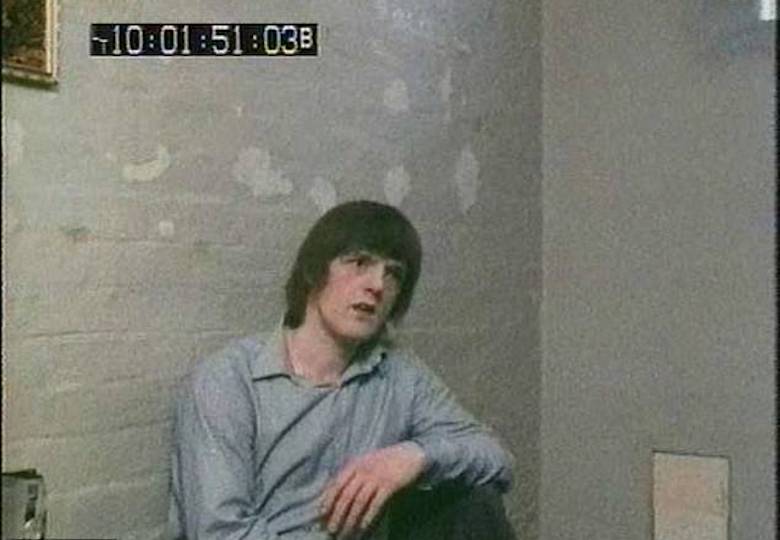
Known as Britain’s most dangerous prisoner, Robert Maudsley was convicted of four murders, three occurring after his arrest. Suffering an abusive childhood, his first victim was a man that showed him photos of children he had hurt. Maudsley turned himself in only to be committed to a psychiatric hospital. It was there that he and another patient tortured and murdered a convicted child molester. Later imprisoned at Wakefield, he viciously killed two other inmates. As a constant danger to those around him, Maudsley’s special solitary cell was built. A plexiglass-sided basement unit with nothing but a table, chair, bed, and toilet. As well as a small slot to pass meals and other items. A striking design similar to Lecter’s cell in The Silence of the Lambs. Some believe Maudsley’s victims deserved their ends, as their crimes were against women and children. Not unlike Hannibal the Cannibal’s code to “eat the rude.”
Alonzo Robinson aka James/William Coyner
Coyner had become something of a boogeyman in Mississippi in the 40s and 50s. His real name was Alonzo Robinson and he was arrested in Thomas Harris’ hometown for writing indecent letters to local women. He escaped custody during transport, taking a bullet to the shoulder before completely vanishing.
Eight years later, a trail of decapitated corpses had been discovered in Michigan. But by then Robinson was serving time in Indiana for grave robbing. Returning to Cleveland, Mississippi on parole in 1934, he picked up his old habits of obscene letters and murder. Tracing his location from outgoing mail and careless use of aliases, Robinson would admit to cannibalism. Remarking that his favorite snack was salted long-pig jerky. While dirty postal correspondence is common among serial killers, none taunted and teased like Dr. Lecter’s wordsmith talent. Otherwise, I’m certain he’d be thoroughly offended by the comparison to Coyner’s thoughtlessness.
Monster of Florence
From 1968 to 1985, a killer stalked lovers in Florence, Italy. Striking at least 16 times, he’d sley unsuspecting couples in vehicles and tents. Later believed to use a specialized knife to cut out female victims’ sexual organs. The press dubbed the serial killer “The Monster of Florence”. Pietro Pacciani, a farmer having been previously convicted of murder and assault, was one of the most publicized suspects in the case.
Thomas Harris traveled to Italy and attended his trial in 1994. At the time he was writing Hannibal and seen taking rigorous notes. A jury convicted Pacciani despite a lack of hard evidence, but he was later acquitted.
Piecing Together Buffalo Bill
Thomas Harris’ psycho patchwork extended to some of his other characters. Jame Gumb, better known as “Buffalo Bill,” is a particularly nasty monstrosity. In The Silence of The Lambs, he was abandoned by his mother and passed around the foster system before being adopted by his grandparents. They became his first victims when he impulsively murdered them at the age of 12. After juvenile release he served in the Navy and experienced a sexual awakening of the twisted variety. Harris has openly cited many real-life killers that make up the Buffalo Bill, beginning with Edmund Kemper. Also known as “The Co-Ed Killer”, Kemper was convicted of murdering six college students, his mother, and a friend. These crimes followed his parole for murdering his grandparents at the age of 15. Later stating that he “just wanted to see what it felt like to kill Grandma”.
Gary Heidnik has also been named as a direct inspiration following the 1987 discovery of a pit of horror in his Philadelphia home.
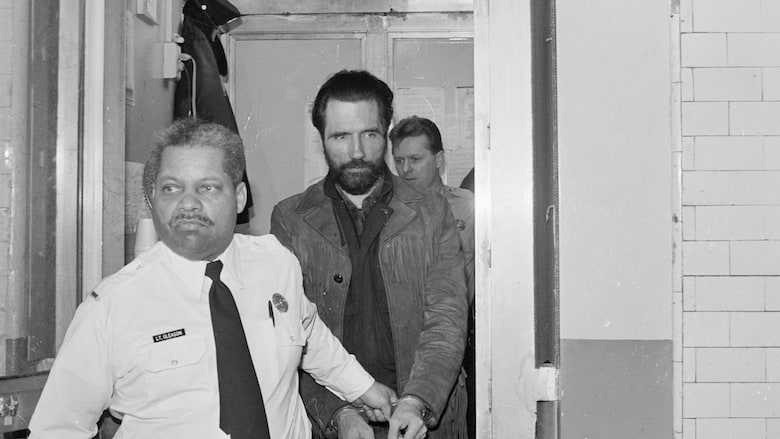
Sometimes known as the “Monster Preacher” Heidnik would hold prayer meetings in his home every Sunday. Little did his congregation realize what Hell was writhing beneath the floorboards. Kidnapping and torturing several women in a pit he had dug in his basement. They were restrained with shackles and chains, much like Buffalo Bill’s victims.
Both Jerry Brudos and Ed Gein would play a part in the gender bending pathology of the Jame Gumb character. Referred to as “The Shoe Fetish Slayer” and “The Butcher of Plainfield”, both were subjected to overbearing mothers and had transvestite tendencies. Brudos would dress up when committing a murder while Gein considered a sex-change before making some grim fashion choices. Tailoring a wardrobe from women’s skin, Buffalo Bill would also dream of a size 13/14 “leather” dress after being denied gender-reassignment.
Finally, all true crime fans quickly reference Ted Bundy as a major influence on the creation of Gumb. Appearing vulnerable with his arm in a sling, he lures women into helping him load furniture into his van. A tactic taken right out of the Ted Bundy textbook. Often faking a disability or injury with a trick-cast, Bundy would use his charm and faux-helplessness to suss out young women to assist.
— FOUNDATIONS OF HORROR —
Further explore these subgenres & tropes. more>>
#Cannibal horror | #Mystery horror | #Psychological horror

Inspirations for The Tooth Fairy
Francis Dolarhyde from the Red Dragon novel and film is heavily slandered by the press and given an inappropriate name by reporter Freddy Lounds. This frustrating depiction of Dolarhyde by tabloids and obsession with his image prompts him to lash out at the media.
This is an act that is reminiscent of Dennis Rader, better known as the BTK Killer. Often sending taunting letters and riddles to police and newspapers. Rader had dubbed himself ‘BTK’ and attempted to control the narrative of his crimes through poetry and mutilated dolls. Some might even think the cleft palate scar on the Dolarhyde character as portrayed by Ralph Fiennes in the 2002 film was inspired by Harris’ previous encounter with Dykes Askew Simmons.
“Killing Must Feel Good To God, Too. He Does It All The Time.”
The cult of Hannibal Lecter began with Anthony Hopkins’ legendary interpretation. The actor had referenced Katherine Hepburn and HAL 9000 as inspiration for his performance. Earning Hopkins an Oscar and completely overshadowing the creator Thomas Harris.
Stephen King once commented that the very act of writing for Harris must be a form of torment. From Lecter and beyond, the author certainly knows every inch of the serial killer’s soul with the psychopaths cobbled together in his writing. He frames fractured minds with baroque violence and gore that keeps the horror genre and true crime entwined.
Further Reading
“Monster of Florence” May Still Be Alive
The Strange World of Thomas Harris by David Sexton
Jack The Ripper VS Hannibal Lecter: Epic Rap Battles of History
Last Updated on March 1, 2022.

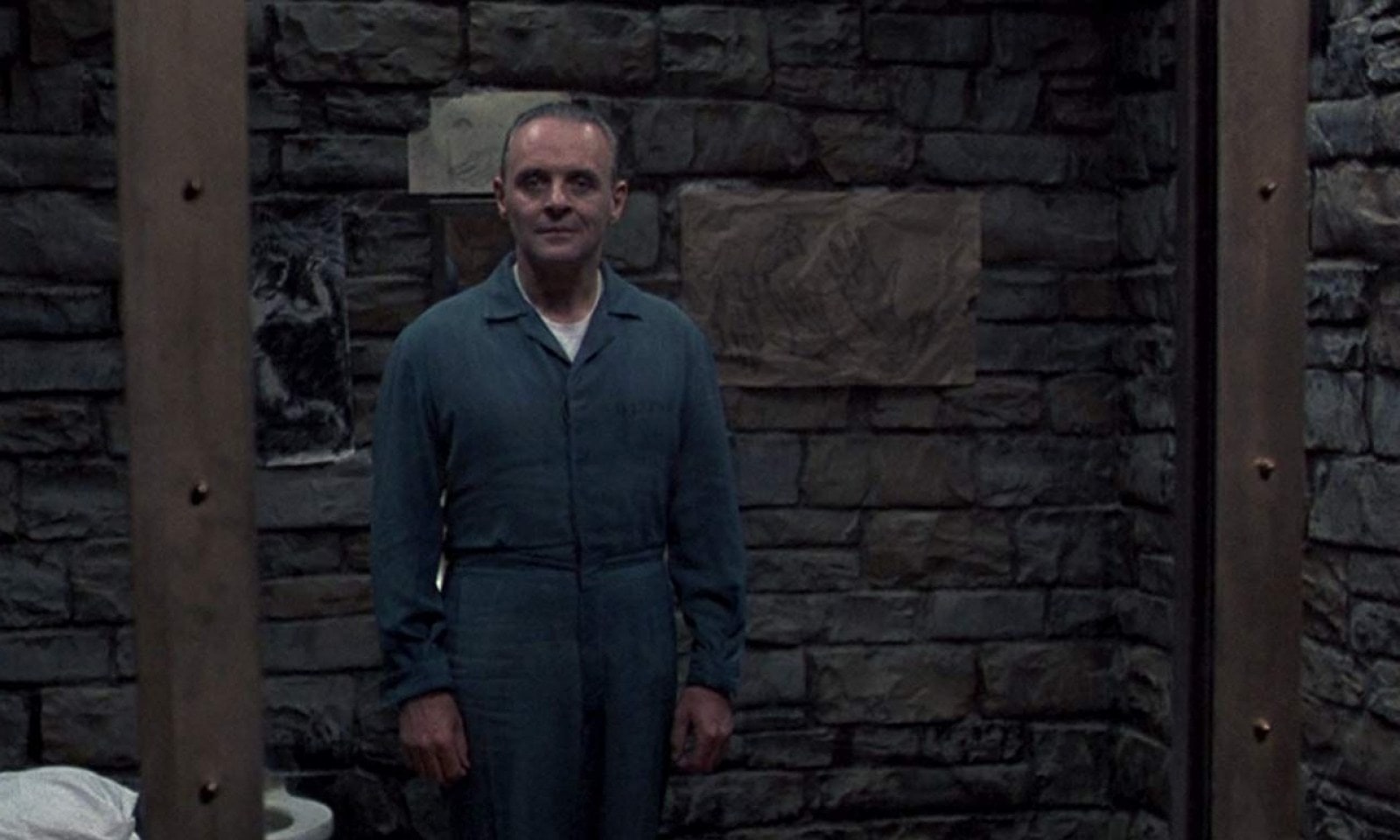
1 Comment